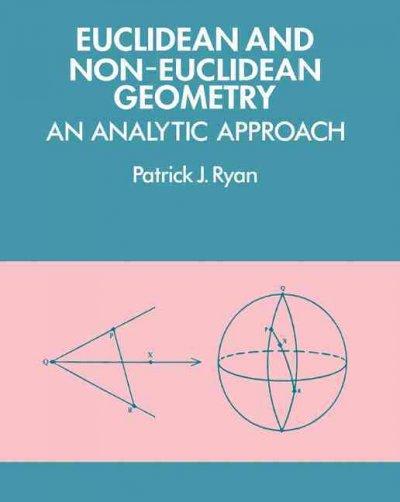Question
Instructions: Recall the Deindividuation study from your t-Test crash course quiz. Here, we will add another condition to that study so that we can use




Instructions: Recall the "Deindividuation" study from your t-Test crash course quiz. Here, we will add another condition to that study so that we can use a One-Way ANOVA.
Instructions: Have you ever sat in a movie theater and seen a short public service announcement (or PSA) for the Will Rogers Institute? These PSAs typically ask moviegoers to donate the Will Roger's Foundation, a charitable organization that provides medical aide to those suffering from lung or pulmonary issues, among other rehabilitation and medical education needs. If you have seen these PSAs, did you donate after seeing them in a theater? Would the number of people in the theater impact your willingness to donate?
Research on deindividuation suggests that people tend to lose both their self-awareness and their sense of evaluation apprehension about when they are in a crowd. This might lead normally law-abiding people to riot and loot when part of a large angry mob, and it might also decrease their willingness to be pro-social if the people around them are stingy. So how might deindividuation apply when it comes to move theater patrons who are watching a charitable PSA for the Will Rogers Institute?
Imagine we run a study to assess the role of deindividuation in a move theater environment. In a prior study we give all participants a free movie ticket for them and a friend to attend a movie on a specific date. What they don't know is that the study isn't over yet! In fact, we alter the nature of the crowd in the theater they go to, and this time we have more than two conditions.
Some participants (and their friend) find themselves the only two people in the theater ("Mostly Empty" condition). Others are in a theater that is half full of moviegoers ("Half Full" condition"). Remaining participants are in a theater that is mostly full of moviegoers ("Mostly Full" condition). Before the movie begins, all attendees watch the same PSA from the Will Rogers Institute. The researchers pass out a questionnaire to all patrons regarding the Institute. One question asks them to rate how willing they are to donate $10 to the Will Rogers institute on a scale that ranges from 0 (I am not willing donate) to 10 (I am very willing to donate). All questionnaires are collected before the movie begins.
The authors think that participants will be more likely to donate when they are easily identifiable as an individual rather than one person in a large crowd. Thus, the authors predict that participants willbe more willing to donate when they are in a "Mostly Empty" theater than when they are in a "Half-Full" or "Mostly Full" theater, with those in the "Half-Full" theater more willing to donate than those in the "Mostly Full Theater".
Complete the questions below and then transfer those answers to your Crash Course in Statistics - The One-Way ANOVA Quiz #3 in Canvas (1 point per question). IMPORTANT: The answer options in Canvas may not be in the same order you see them below, so make sure to copy over the CONTENT of the answer and not simply the answer letter (A, B, C, D, or E). Note: If you want to run these analyses yourself, look for the SPSS file called "#3 ANOVA Crash Course Data Deindividuation Fall" in Canvas - not required, but definitely recommended!)
1). What is the independent variable in this study?
A. Whether the theater is Mostly Empty, Half Full, or Mostly Full
B. Whether the theater is Mostly Empty or Mostly Full
C. Ratings of how willing they are to donate money on a 0 (I am not willing to donate) to 10 (I am very willing to donate) scale
D. Ratings of how much money participants donate from $0 to $10
E. There is too little information in this study to determine the independent variable.
2). What is the dependent variable in this study?
A. Whether the theater is Mostly Empty, Half Full, or Mostly Full
B. Whether the theater is Mostly Empty or Mostly Full
C. Ratings of how willing they are to donate money on a 0 (I am not willing to donate) to 10 (I am very willing to donate) scale
D. Ratings of how much money participants donate from $0 to $10
E. There is too little information in this study to determine the dependent variable.
You run a One Way AVOVA on this data set and get the following SPSS output.




Step by Step Solution
There are 3 Steps involved in it
Step: 1

Get Instant Access to Expert-Tailored Solutions
See step-by-step solutions with expert insights and AI powered tools for academic success
Step: 2

Step: 3

Ace Your Homework with AI
Get the answers you need in no time with our AI-driven, step-by-step assistance
Get Started


